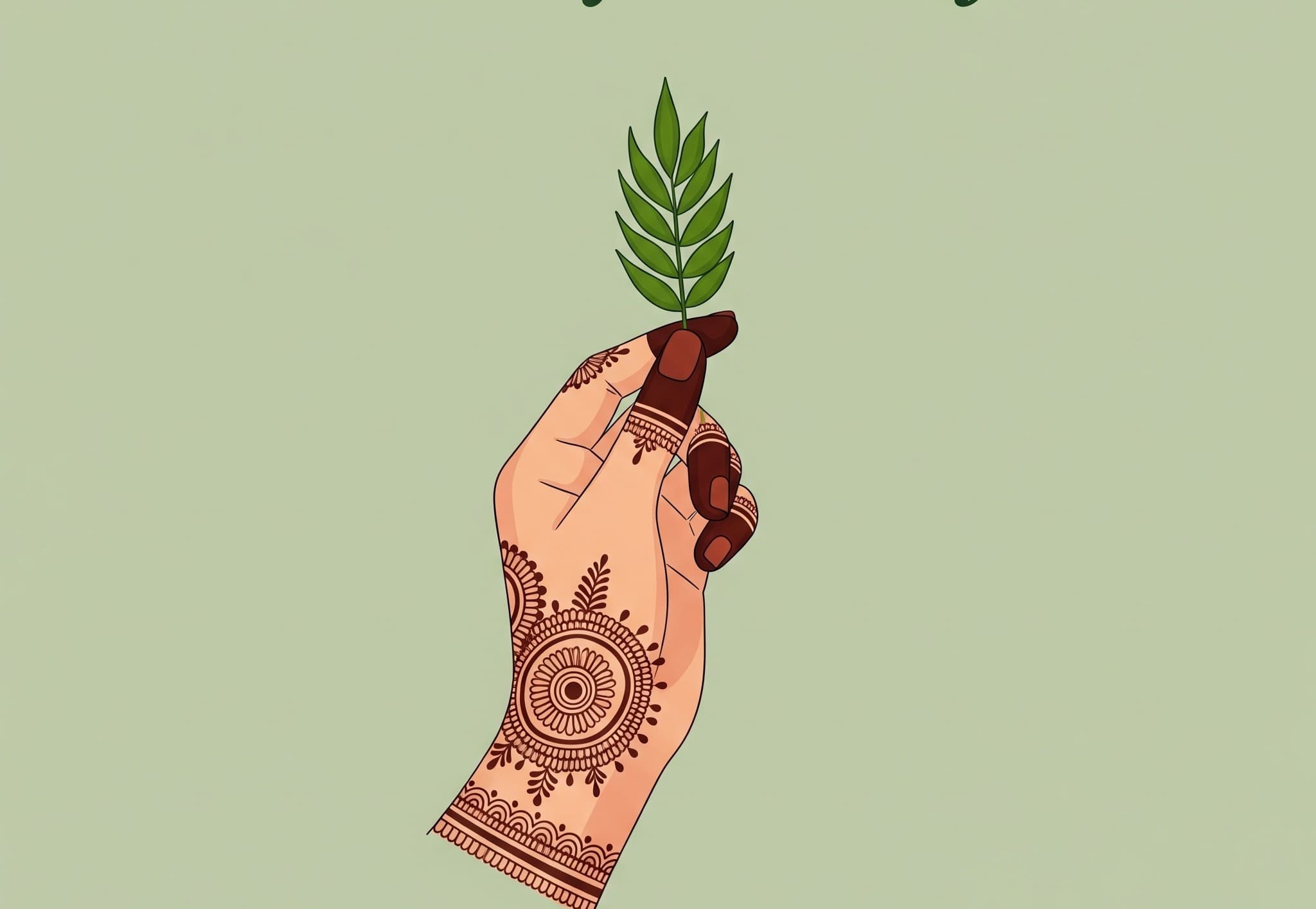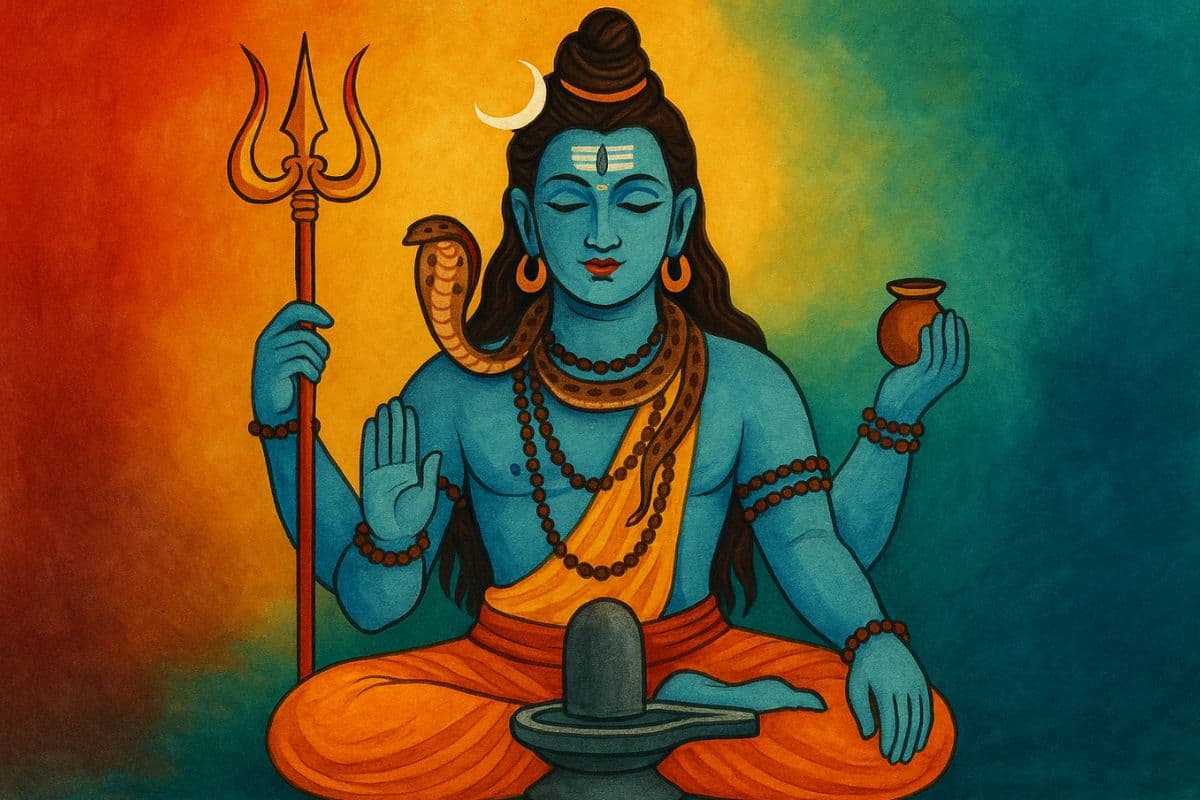Celebrate Hariyali Teej 2025: Date, rituals, fasting rules, and spiritual meaning

Celebrated on July 27, 2025, Hariyali Teej marks Parvati’s love, feminine strength, and quiet rebellion
Hariyali Teej isn’t your run-of-the-mill festival, it crashes into the house like the first thunderstorm of the season. Think marigold everywhere, wrists jingling with green bangles, and a vibe so sweet it would probably give you a sugar rush. In North India, devotees don’t just observe it; they live it, like some big, colourful open-air musical. Imagine Karva Chauth, but swap the drama for rain and laughter. Forget sieves and staring at the moon, instead, you’ve got girls swinging from peepal trees, old songs echoing out of nowhere, and mehendi so fresh you can practically smell it from the gate.
This year, mark July 27, 2025, on your calendar—yeah, it’s that important. The whole deal is about Lord Shiva and Goddess Parvati, those two lovebirds from the myths. Parvati basically went through 107 lifetimes and a level of persistence that would make even your most stubborn friend look lazy, just to end up with Shiva. Fasting, praying, waiting—she did it all. Talk about commitment, right? Hariyali Teej honours that patience.
Rituals timings for Hariyali Teej 2025
According to the Panchang, the Tritiya Tithi begins on July 26 at 10:41 pm and ends on July 27 at 10:41 pm. Therefore, the vrat will be observed on Sunday, July 27.
Key Muhurats:
Brahma Muhurat: 4:16 am to 4:58 am
Abhijit Muhurat: 12:12 pm to 12:57 pm
Vijay Muhurat: 2:43 pm to 3:30 pm
Offer chunri, bangles, sindoor, and mehendi to Goddess Parvati with heartfelt intent. She isn’t just the goddess of marriage, she is the goddess of strength, resilience, and sweet stubbornness.
Why Hariyali Teej matters: The benefits
Alright, here’s the deal with Hariyali Teej. People say if married women observe this fast, it basically turbo-charges their marriage—think: good vibes, longer life together, and a relationship that doesn’t go off the rails. And worshipping of Goddess Parvati boosts your emotional muscles and keeps things chill and strong at home. And hey, if you are single and hoping for a meet-cute straight out of a Bollywood movie, it is believed if you observe this fast with real devotion, you might just snag that dream partner, the one who actually gets you, not just some random right swipe situation. So, in a nutshell, Hariyali Teej has got a little bit of magic and a lot of hope mixed in. The day is also considered excellent for mental clarity, emotional detox, and spiritual alignment, especially when fasting is observed with a calm heart and pure intention.
What Hariyali Teej looks like: The rituals
-
The day begins early, usually before sunrise, with women bathing and dressing in elegant green sarees.
-
Solah Shringar is an absolute must. This includes sixteen traditional adornments, each carrying its symbolic weight for health, beauty, and longevity.
-
Many women observe a Nirjala Vrat from dawn to moonrise.
-
Goddess Parvati’s idol or image is placed on a wooden chowki (platform) and is worshipped. Offer full shringar, flowers, sweets, betel leaves, fruits, and chunri.
-
Women gather to sing Teej folk songs, stories of Parvati’s longing, and union with Shiva.
-
Swings are an important part of the celebration. They symbolise joy and fertility.
-
Special puja is performed during auspicious Muhurats. In 2025, these muhurats are: Brahma Muhurat (4:16 am to 4:58 am), Abhijit Muhurat (12:12 pm to 12:57 pm), and Vijay Muhurat (2:43 pm to 3:30 pm).
-
After moonrise, the fast is broken with prayers offered to both Shiva and Parvati. Then, a simple satvik meal is shared with the family.
Green isn’t just a colour on Hariyali Teej, it’s a mood
In the heart of the Sawan monsoon, the world drips of green. The green saree on Hariyali Teej is not just pretty; it’s symbolic. It mirrors nature, renewal, hope, and the abundant grace of Shiva and Shakti. Wearing green is also a nod to Parvati herself. It is believed that her love brought life back to the universe. So naturally, her devotees respond in kind, by wearing the colour of new beginnings.
The Nirjala Vrat
On Hariyali Teej, married women observe the Nirjala Vrat (a dry fast without even a sip of water) until moonrise. It is done for the longevity of their husbands and the harmony of their marriage. But if you look deeper, it is also a private kind of resolve. It’s a gesture, not just of devotion, but inner strength. Some say it is archaic, but it is also a quiet rebellion. In a world that asks women to rush, the vrat asks them to pause, just long enough to remember who they are when they love deeply.
Solah Shringar: Sixteen shades of divine femininity
Hariyali Teej is not complete without the Solah Shringar, the 16 adornments of a married woman. From bindi to gajra, nose rings to anklets, each item channels a different facet of feminine energy. The most sacred of these is Alta, a crimson dye applied to the feet, symbolising the entry of Goddess Lakshmi into the home.
Fun fact: According to Vastu, applying alta facing south is a no-go. Also, Tuesdays are traditionally skipped for painting feet, as the planet Mars rules over aggressive energy, and it is not ideal for rituals rooted in harmony.
The song of the swings and sisterhood
Forget temple bells, Hariyali Teej sounds like laughter shared on jhoolas (swings), and songs sung in unison by women clad in green and gold. In villages and cities alike, women gather to sing tales of Shiva-Parvati, often peppered with local wit and modern-day sass. These aren’t just rituals; they’re moments of collective memory. A kind of emotional therapy dressed in silk and sindoor.
Hariyali Teej kinda sneaks up and makes July feel less like a sweaty mess, you know? Maybe it’s that first whiff of rain-soaked mud or those songs in the courtyard. Or maybe it is just this low-key truth: Love can be soft, almost invisible, and still hit you right in the heart.
_Ask Agastyaa. Let AstroSure.ai remind you that love, like monsoon, always returns when you honour it.



